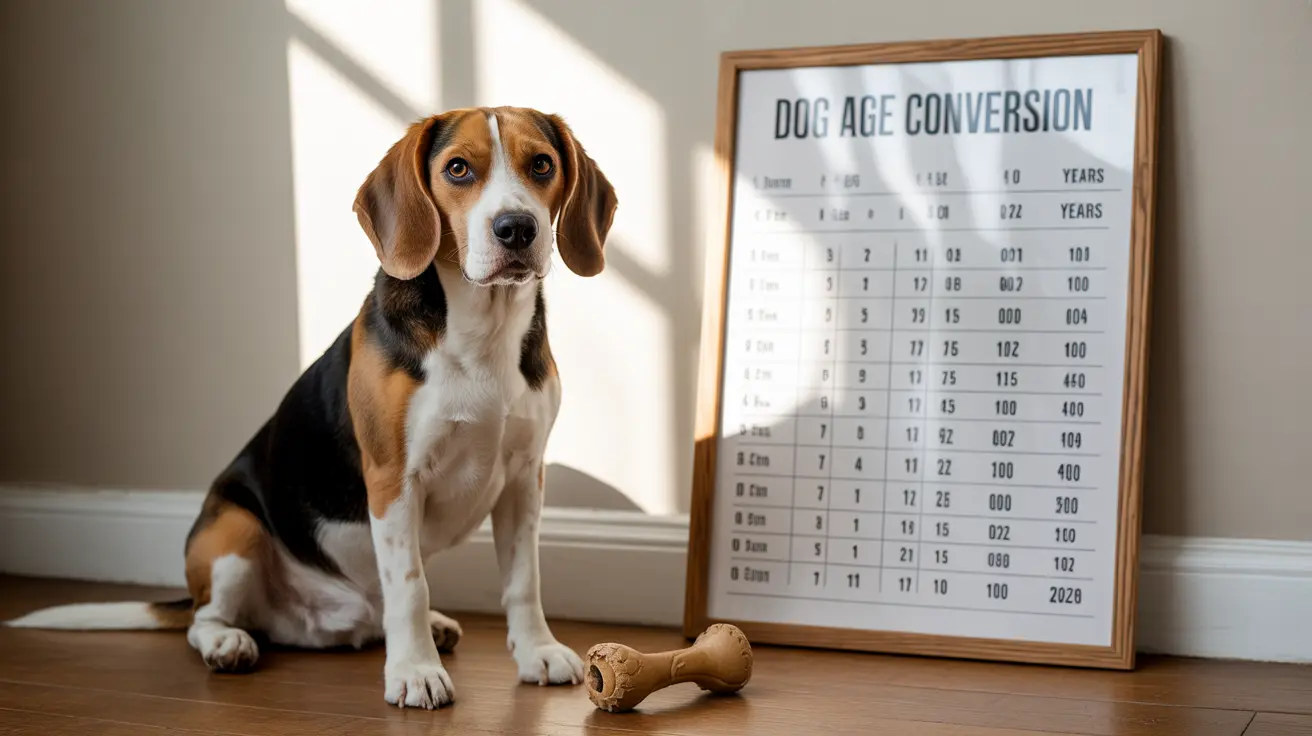The Science Behind Dog Age Conversion
Recent scientific studies have revolutionized our understanding of canine aging. The traditional method of multiplying a dog's age by seven has been replaced by more sophisticated approaches based on DNA methylation patterns and breed-specific factors.
According to research from the University of California San Diego, dogs age more rapidly in their early years, with the first year equivalent to about 15 human years. By age 6, the aging process has settled into a more predictable pattern, though it varies significantly by size.
Size-Based Age Equivalents for 6-Year-Old Dogs
Small Breeds (up to 20 pounds)
At 6 years old, small breeds like Chihuahuas and Yorkshire Terriers are equivalent to approximately 40 human years. These breeds typically age more slowly after maturity and often have longer lifespans.
Medium Breeds (21-50 pounds)
Medium-sized dogs, such as Beagles and Cocker Spaniels, at 6 years old equate to roughly 42 human years. They maintain a moderate aging rate throughout their lives.
Large Breeds (51-90 pounds)
Large breeds like Labrador Retrievers and German Shepherds age faster. At 6 years, they're equivalent to about 45 human years.
Giant Breeds (over 90 pounds)
Giant breeds such as Great Danes and Saint Bernards age most rapidly. By 6 years, they may be equivalent to 49-50 human years and are often entering their senior phase.
Health and Care Considerations at Age 6
A 6-year-old dog requires specific care based on their life stage. This typically includes:
- Regular veterinary check-ups (twice yearly recommended)
- Adjusted exercise routines based on energy levels
- Age-appropriate nutrition
- Dental care and monitoring
- Weight management to prevent joint stress
Modern Scientific Approaches to Age Calculation
The latest DNA methylation studies have provided a more accurate formula for age conversion: human age = 16 ln(dog age) + 31. For a 6-year-old dog, this translates to approximately 60 human years, though this should be adjusted based on breed-specific factors.
Frequently Asked Questions
How do you accurately convert a 6-year-old dog's age into human years based on breed and size?
The conversion depends primarily on your dog's size category. Small breeds at 6 years equal about 40 human years, medium breeds 42 years, large breeds 45 years, and giant breeds nearly 50 years. Use breed-specific charts for the most accurate conversion.
Why is the traditional "multiply by 7" rule for dog years considered inaccurate for a 6-year-old dog?
The "multiply by 7" rule oversimplifies aging patterns and doesn't account for the rapid early aging of dogs or variations between breeds. Dogs age more quickly in their first two years and then slow down, making the simple multiplication method inaccurate.
What is the human age equivalent of a 6-year-old small, medium, large, or giant dog breed?
Small breeds: approximately 40 human years
Medium breeds: approximately 42 human years
Large breeds: approximately 45 human years
Giant breeds: approximately 49-50 human years
How does canine aging at 6 years affect health care and lifestyle needs for different dog breeds?
At 6 years, dogs require adjusted care based on their size and breed. Larger breeds may need senior care considerations, while smaller breeds are still in their adult prime. All dogs should receive regular health screenings and appropriate exercise modifications.
What recent scientific methods, like DNA methylation, say about a 6-year-old dog's true physiological age?
DNA methylation studies suggest that dog aging follows a logarithmic pattern rather than a linear one. This research indicates that a 6-year-old dog's cellular age may be closer to 60 human years, though this varies by breed and individual factors.
Understanding your dog's true age equivalent helps provide appropriate care throughout their life stages. While these conversions serve as helpful guidelines, remember that each dog ages uniquely based on genetics, lifestyle, and overall health care.






